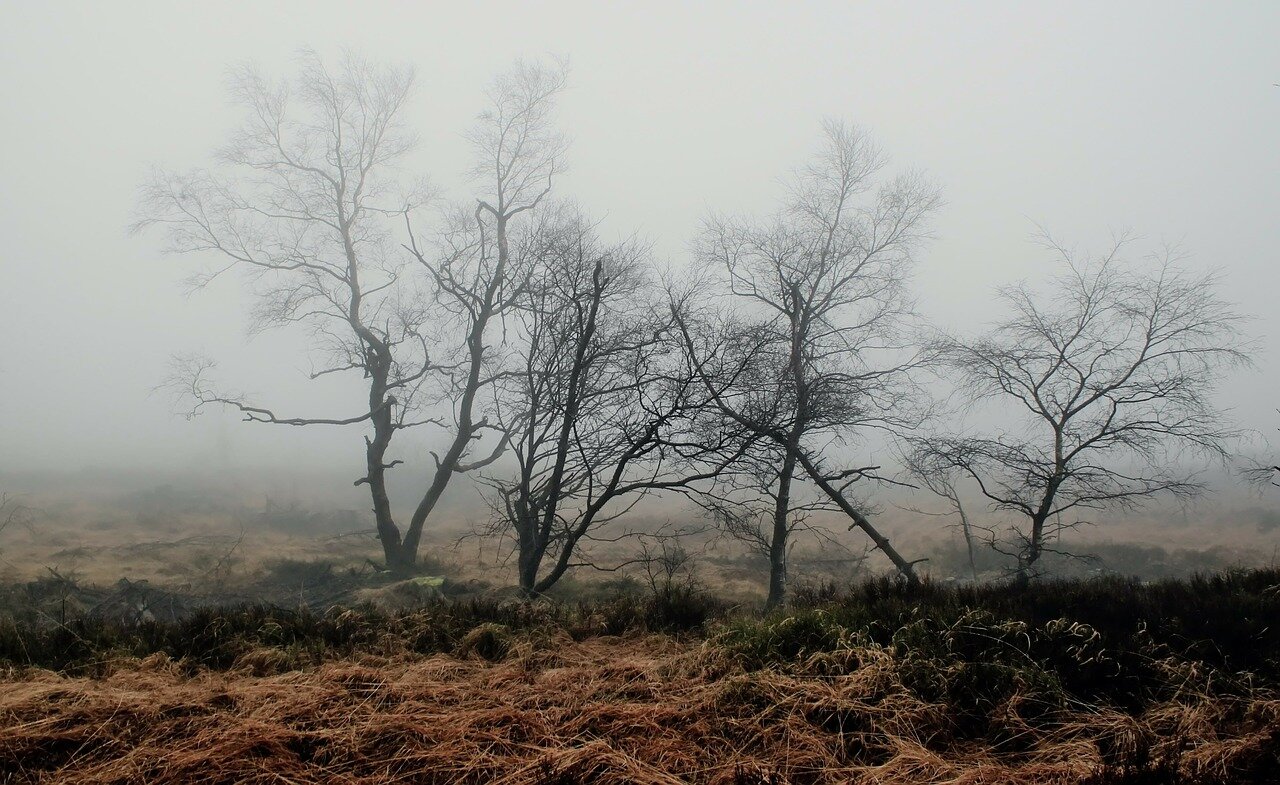WOTUS Changes....Again
/The Trump administration released its new Navigable Waters Protection Rule (NWPR) on January 23, 2020. The NWPR will be published sometime soon in the Federal Register, and then will take effect 60 days later. The NWPR will replace the Obama administration’s 2015 attempt to define Waters of the United States (WOTUS).
First, remember that the NWPR will not affect jurisdictional determinations (JDs) issued under earlier regulations. The NWPR will only apply when those JDs expire or if the recipient requests a new JD from the Army Corps of Engineers.
Second, the NWPR does NOT affect determinations issued by the NRCS. This is key — the Army Corps and the NRCS both issue wetlands determinations, but a decision from one agency does not substitute for a ruling from the other. A property owner always needs to get confirmation from both federal agencies (and usually the state environmental agency too) that their property is not a wetlands before starting any project.
Definitely a WOTUS
Now, on to the changes in the new NWPR. The Rule provides four categories of waters that will be considered WOTUS under the EPA’s and Army Corps’ Clean Water Act jurisdiction:
The territorial seas, and waters which are currently used, or were used in the past, or may be susceptible to use in interstate or foreign commerce, including waters which are subject to the ebb and flow of the tide;
Tributaries;
Lakes and ponds, and impoundments of jurisdictional waters; and
Adjacent wetlands.
The key changes for agriculture are categories 2 and 4. Tributaries (category 2) exclude ephemeral streams. Ephemeral waters are those which flow only in response to precipitation events. Tributaries means naturally occurring surface water channels that contribute water to a territorial sea or other water described in category 1. Likewise, adjacent wetlands (category 4) must touch or abut a jurisdictional water (categories 1 through 3) in order to be considered a WOTUS. This is a change from the 2015 rule, which had a more broad definition of jurisdictional wetlands.
Ask the Corps and NRCS if this is a WOTUS
In general, the NWPR recognizes that waters of the United States are waters within the ordinary meaning of the term, such as oceans, rivers, streams, lakes, ponds, and wetlands, but that not all waters are jurisdictional WOTUS. The rule also has a list of excluded waters, including groundwater, ephemeral streams, stormwater runoff, prior converted cropland, ditches that do not satisfy the requirements of category 1 through 4, artificial lakes and ponds, and other wastewater structures.
Expect significant litigation to occur surrounding the NWPR. The rule will likely be enjoined (blocked) in at least some parts of the country before it even becomes effective. As long as WOTUS is defined by agency regulation, we can expect lawsuits and a changing definition. At some point, Congress or the Supreme Court may act to fully and finally define the federal government’s Clean Water Act jurisdiction. Until then, we will see a changing landscape depending on the priorities of the president’s administration. There is a never a dull day in the WOTUS world!






